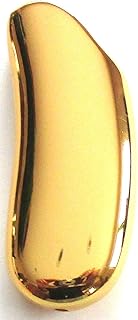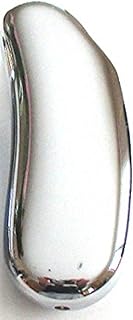The Future of BIC Lighters: Innovations and Alternatives
While BIC lighters have reigned supreme for decades, the landscape is changing. The future of the iconic lighter faces challenges from evolving consumer preferences, environmental concerns, and technological advancements. Here's a look at potential innovations, alternatives, and the future direction of the ubiquitous lighter:
Innovations:
* Sustainable Materials: BIC is already experimenting with lighter bodies made from recycled materials like plastic and metal. The use of bio-based plastics and other sustainable options is likely to increase, reducing dependence on fossil fuels.
* Refillable Designs: While traditional BIC lighters are disposable, innovative designs could allow for refillable fuel tanks, reducing waste and promoting a more circular economy.
* Smart Features: Integrating sensors and electronics could enhance functionality. Imagine lighters with temperature control, adjustable flame intensity, and even Bluetooth connectivity for remote ignition.
* Safety Enhancements: Safety features like child-resistant mechanisms and flame-retardant materials will continue to be prioritized, especially as lighters become more technologically advanced.
Alternatives:
* Electric Lighters: These offer a more environmentally friendly option, eliminating the need for flammable fuel. Advances in battery technology and compact designs are making electric lighters increasingly appealing.
* Plasma Lighters: These lighters use a high-voltage electric arc to ignite a flame. They are highly efficient, wind-resistant, and produce a cleaner burn than traditional lighters.
* Flameless Ignition Devices: Technologies like laser ignition and piezo-electric spark systems are emerging, offering safer and more controlled methods of flame creation.
* Bio-based Fuels: Research is exploring the use of bio-based fuels derived from sustainable sources like plant oils, providing a more eco-friendly alternative to traditional butane.
Future Direction:
* Focus on Sustainability: Consumers are increasingly demanding environmentally friendly products. BIC and other companies will need to prioritize sustainability in their design, manufacturing, and packaging processes.
* Enhanced Convenience and Safety: The future of lighters will be driven by user convenience and safety. Innovations like automatic ignition, flame control, and advanced safety features will become standard.
* Integration with Smart Technology: Connecting lighters to smartphones and other devices could unlock new possibilities for usage tracking, remote control, and personalized features.
* Diversification of Applications: Lighters are increasingly being used beyond just lighting cigarettes. The future could see lighters designed for specific purposes like camping, cooking, and emergency situations.
Conclusion:
While the future of BIC lighters may involve a shift towards more sustainable and technologically advanced solutions, the iconic lighter will likely remain a staple for years to come. However, the company and its competitors will need to adapt to changing consumer demands and prioritize innovation to remain competitive in a rapidly evolving market. The future of lighters is bright, filled with exciting possibilities for enhanced functionality, safety, and environmental responsibility.


